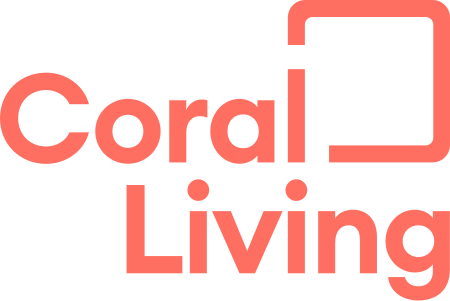The impact of the pandemic on technology in adult social care
There aren’t too many good things to have come out of the pandemic. However, one silver lining may be the accelerated take-up of digital technology in health and care settings.
Almost overnight, GP appointments became remote, dispelling the myth that healthcare is only effective face to face. Adult Social Care teams unable to travel held virtual meetings on new platforms such as Zoom and Teams. Most ‘day to day’ tasks moved online due to social distancing, including education, leisure and shopping (if you were lucky enough to find a delivery slot).
In short, we’ve all learned that it’s possible, if not ideal, to access the wider world through technology.
Most people accept that we’re unlikely to revert fully to the life we had BC (Before Covid). Remote interactions are here to stay but, in future, online and offline will blend.
So, what technologies have emerged over this period and which, if any, may become mainstream in future?
Communication
Perhaps the biggest shift for all of us. Unable to see friends, family and anyone else, online video platforms became our standard way to keep in touch, whether that was for work or more social ‘meet ups’.
Tech companies moved quickly to release product updates in online conferencing tools to support people with disabilities. These included features such as automated subtitles on video calls (to help those with hearing difficulties), screen readers for chat boxes (for people with visual impairments), speech to text chat facilities, and enhanced facial display for lip reading.
Verdict: Definitely here to stay – both the use of online communications and more inclusive tools.
Web accessibility
Organisations also took the opportunity during the pandemic to enhance the accessibility of their web sites.
Where accessibility tools have become available (typically as a ‘slide out’ tab on each web page) it’s possible to change fonts, sizes, and contrasts. People with disabilities or impairments can more easily navigate through pages using keyboard controls, speech recognition, and screen readers.
Some organisations published Easy Read versions of their websites, especially the pages relating to ‘understanding covid’. Two good examples of this are from Mencap and Achieve Together – organisations supporting autistic people and supporting and caring for people with learning disabilities.
Verdict: Definitely here to stay and the bar for accessibility is now higher.
Artificial Intelligence
Voice-activated home assistants (such as Alexa, Siri or Google Assistant) are the main example of Artificial intelligence (AI) in homes in general, not just supported living. People without visual or hearing impairments can use vocal instructions to achieve almost anything, ranging from requesting support or help, booking appointments, understanding bus timetables, or simply ordering a takeaway.
Like many AI applications, the main area of concern is the potential negative impact on people’s lives and work. In supported living the concern is that AI could be used to operate care and support services more efficiently, reducing the need for as many people.
Our belief is that anything that leads to a reduction in personal care and support plans is unlikely to be supported, no matter what the operational cost saving.
Verdict: Voice-activated devices already mainstream. It’s not yet clear at what level AI will assist in care and support operations.
Wearable devices
Wearable devices are generic in the sense that they’re not specifically designed for individuals or identified groups of people – they simply collect body or behavioural data. However, there has been an explosive growth in the number of different apps for more specialised or niche conditions.
Autistic people may, if they decide to, wear a smart watch or other ‘wearable’ to monitor reactions from experiences. Devices collect data such as heart rate and skin conductivity, and then send it to a smartphone. Healthcare professionals or care and support providers can access the data, as long as the individual consents.
Verdict: Becoming mainstream for health-based applications. Little evidence of need specifically for autism and/or learning disabilities.
Smart Home technology
Devices connected to home networks are able to control lights, temperature, energy use, as well as security and entertainment. Companies are releasing new monitoring devices and apps all the time, making it increasingly possible to monitor homes for enhanced care and support.
Personal privacy is probably the key issue and individuals must give their consent for any kind of monitoring. Sensors are available to help (and alert) with any of the following: physical & movement monitoring, acoustic monitoring, and local environmental monitoring (temperature, air quality, moisture, etc).
Verdict: Here to stay, but improvements in clarity around consent required
3D Design Visualisation
Moving house is an extremely stressful experience for many autistic people.
As a result of research sponsored by Coral by David Mason an autistic PhD student at King’s College London, visualisation and 3D rendering technologies are being assessed for how well they can help people familiarise themselves with their new home well ahead of time.
Verdict: Too early to predict level of adoption
Conclusion
COVID has been an experience most of us would rather forget. But for those involved in supported living there’s a chance we’ll see positive outcomes in the way technology has evolved.
Ultimately these changes may help people to live more independently and with greater quality of life… which would be a positive outcome to look forward to!
